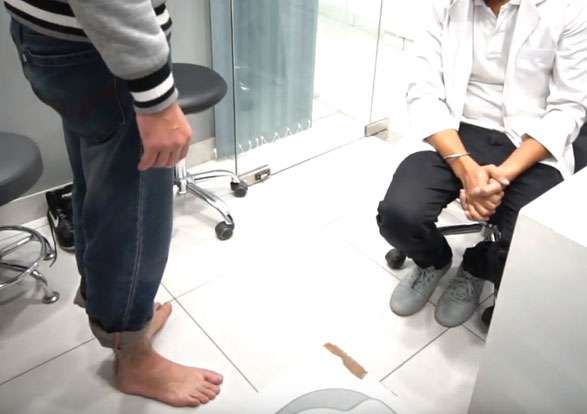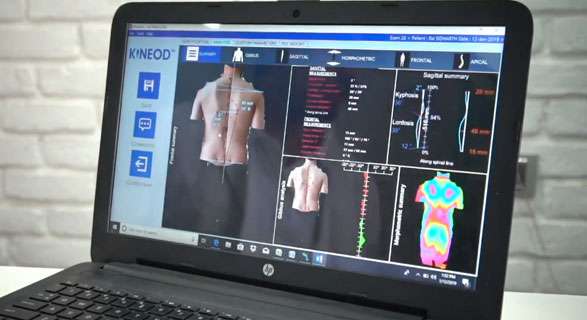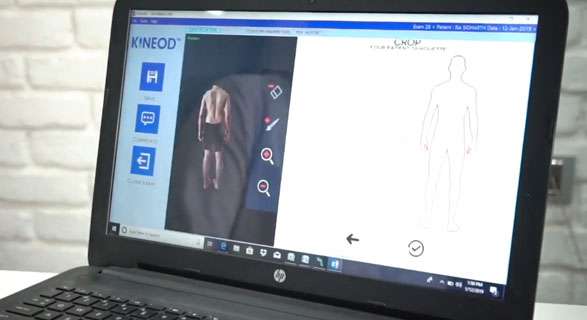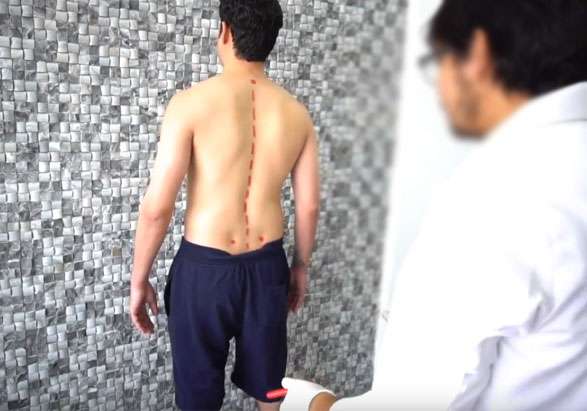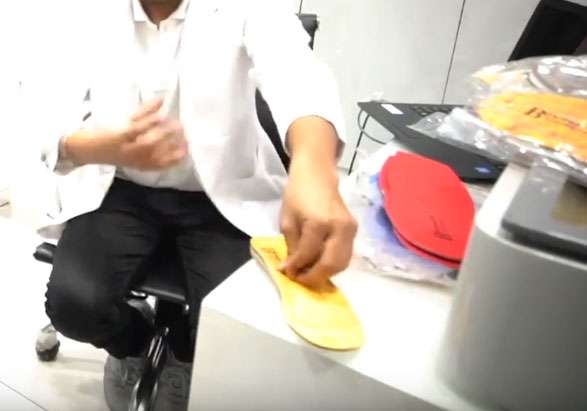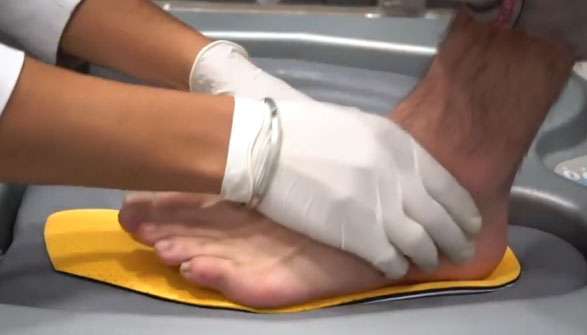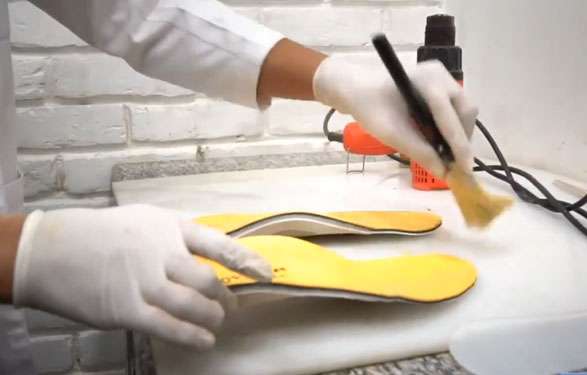Posture Analysis & Custom Insole Making Process
- Home
- Insoles Making Process
Custom Insole and Posture Correction Process
Welcome to the asymmetrical world! We are all asymmetrical as humans. Our innate asymmetry differs from person to person and is influenced by our physiological makeup, habits, and lifestyle choices. For many people, these minor inconsistencies are corrected for automatically, and the asymmetry remains unnoticed. Others, on the other hand, have more apparent variations, which may cause harm to the total postural system.
The Process
The KINEOD station attaches to your computer via a USB 2.0 connector and can be swiftly set up on its tripod. An ergonomic user interface and easy patient database administration optimise the phases of preparation, acquisition, and reconstruction.
Preparation
Setting up a patient entails identifying skin markers with a felt pen at the relevant anatomic landmarks and then tracing a dotted line on the patient’s exposed back that follows the spinal column.
Apical Analysis
It gives practitioners access to a variety of indicators, such as: The angles between the pairs of markers and a reference signify unbalances. The lateral deviations of the C7 vertebra in respect to the inter-gluteal fold, knees, and malleolus during PSIS.
The vertical de Barr indicates the departure of the C7 point and gluteal fold from a vertical drawn from the centre of both ankles. On the lower limbs, the front axle of the knee and the mechanical axis between the knee and the ankle are represented in degrees.
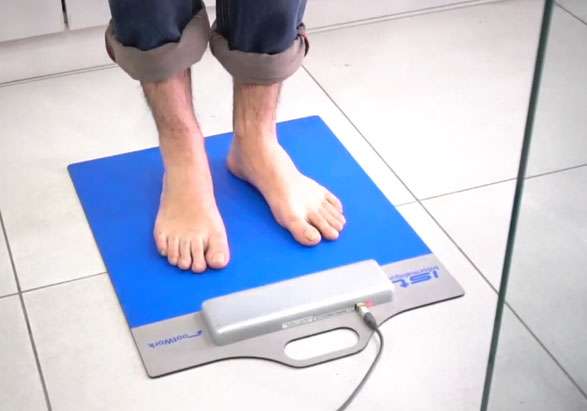
Foot Scanning
Using a tangential light podoscope, we check the pressure points on your soles in static conditions
Using a baropedometer, a digital foot scan is performed.
Depending on your activity level, we will scan your feet in static and/or dynamic conditions to check for weight pressure distribution on your feet.
Finishing Process
Based on the specified purpose, correction elements are added to specific locations under the foot (e.g. arch support, metatarsal pad, etc.) so that your foot receives the necessary support and comfort.
The insole is next ground to remove weight from places that are experiencing excessive weight pressure, such as sores, ulcers, corns, and calluses, and we finish the insole so that your custom hand-made pair of orthotics looks like a factory-cut piece with a smooth finish.

